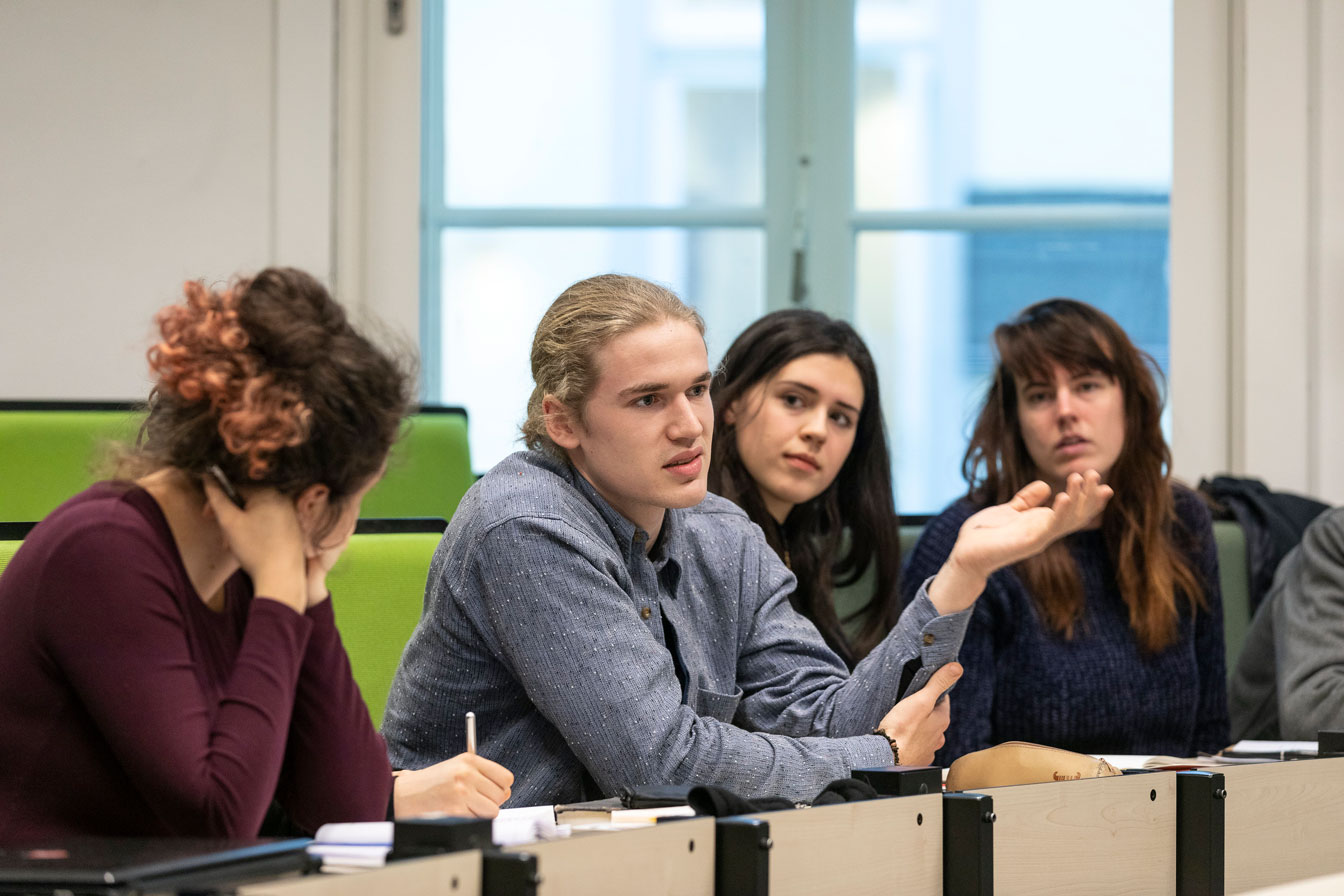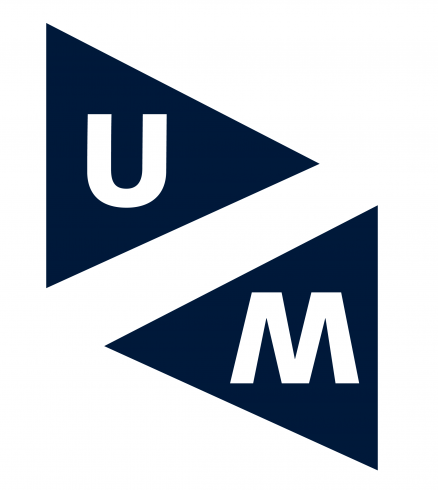Enhancing self-regulation: the power of practice testing and the role of self-assessment
Self-regulated learning is an essential aspect of Maastricht University’s educational vision and a key feature of professional autonomy. With the support of an EDLAB Education Grant, a team of researchers at the School of Business and Economics investigated two strategies to support students in becoming self-regulated learners.

Self-regulated learning is an essential aspect of Maastricht University’s educational vision and a key feature of professional autonomy. Therefore, helping students develop the ability to regulate their learning process is of critical importance. How can we do that?
To be effective self-regulated learners, students should know their abilities, monitor their progress, and determine their next learning steps1. In designing education and as teachers, we can deploy many strategies to support students in becoming self-regulated learners.
With the support of an EDLAB Education Grant, two such strategies – practice testing and self-assessment – were evaluated in a quantitative methods course at the School of Business and Economics (SBE). This article presents the first insights and gives recommendations for implementing these strategies in educational practice.
Practice testing and Self-assessment
Practice testing, also known as retrieval practice, describes the process in which students, preferably on a regular basis, retrieve specific knowledge or apply certain skills from their memory after an initial period of instruction and studying2. This strategy aims to enhance the long-term retention of this knowledge and these skills.
Self-assessment, or self-estimation, involves the process and activities in which students estimate and assign value to the quality of their learning process and performance3. These activities can range from simple formats, e.g., students estimating their score on a practice test, to more complex strategies in which students generate their feedback by comparing their work to an example of correct or complete answers, a rubric, or other resources2,4.
In a collaborative effort between course coordinators and researchers, we investigated a relatively simple form of self-assessment in the context of weekly practice tests in a first-year quantitative methods course at SBE.
The study: the relationship between practice testing and self-assessment and students’ performance
We investigated whether students’ participation in and scoring on the practice tests and their self-estimations during these practice tests would relate to their performance at the end of the course.
We were also interested in determining whether students’ self-estimations would become more accurate over time. We assumed that this crucial aspect of becoming effective self-regulated learners might require practice.
Over the course of six weeks, during a quantitative methods course, students took a multiple-choice practice test on that week’s study content. Students who did well on the initial practice tests could obtain bonus points for the exam at the end of the course. The practice tests took place in the online test environment TestVision and during a specific timeslot at the end of the week.
To measure their self-assessment, students estimated the number of correct answers they gave. After completing the practice test, students received feedback, including an overall score, the student’s answer per item alongside the correct answers, with an explanation and references to the study material.
All students were given the option to repeat the practice test with different test items5 as another opportunity for learning (without the additional reward of bonus points) until the practice test in the next week. In the general feedback, this option was encouraged specifically for those who overestimated their scores on the initial practice test.
We evaluated the effectiveness of these interventions in a cohort of 1336 first-year students (38.2% female), based on data from the online test environment and the student administration. Specifically, we looked into the following variables:
- Students’ participation and scores on the initial practice tests;
- Their accuracy of their self-estimations during the practice tests, categorised as ‘accurate’, ‘overconfident’, or ‘underestimation’;
- Participation in repeated practice testing for learning purposes and;
- Their performance on the end-of-course exam.
Students participated in almost all six initial practice tests, scoring on average 45.3% for statistics content and 60.9% for mathematics content. Most students chose not to participate in repeated practice testing: only 13.5% of the students repeated at least one practice test.
The accuracy of students’ self-estimations appeared relatively stable over the six practice tests. In fact, for the statistics content, the percentage of ‘accurate’ self-assessors dropped from about 40% to 33% over the six weeks. The rate of ‘overconfident’ students and ‘underestimations’ slightly increased towards the end of the educational period.
For mathematics, a different pattern emerged. Again, the percentage of accurate self-estimators decreased slightly over the weeks to about one-third of the students. However, while the number of overconfident students decreased towards the end of the educational period, the number of under-estimators increased to over 40%. This might be because students were becoming anxious with the approach of the end-of-course exam.
Main takeaways
Participation in repeated testing relates positively to students’ end grades
Results indicate a content-mastery effect. This means that higher practice test scores, and participation in repeated testing, are related positively to end-of-course grades6.
Concerning the self-assessment effects, we expected that the students who tended to overestimate their performance in the initial practice test would be more likely to engage in repeated testing, as encouraged by the feedback. This did not appear to be the case. The expectation that students would become more accurate in the self-assessment exercises over time also appeared different. Finally, the number of accurate self-assessments did not relate significantly to the end-of-course performance.
Weekly practice testing is an efficient method to enhance student learning
In this project, we designed, tested, and evaluated a practice test and self-assessment intervention in the context of a first-year quantitative methods course to stimulate self-regulated learning and performance. We replicated the well-known cognitive psychological testing effect, the phenomenon that repeatedly testing oneself enhances (long-term) retention7. This shows the benefit of practice testing throughout an educational period, which is a relatively efficient way of stimulating students’ learning process.
Practically, we propose to enhance this effect by making all content available for practice testing throughout the course and not only focusing on the previous week’s content.8
Use personalised feedback to improve self-assessment skills
Regarding the self-assessment component, our study showed that students’ self-estimations did not become more accurate over time, and the accuracy of self-estimations did not appear to relate to their end-of-course performance.
Though technically not possible in the current project, we propose redesigning the intervention so that students receive personalised feedback and recommendations instead of general feedback which is the same for all students, despite their scores and estimations.
In this project, we investigated a relatively simple form of self-assessment (i.e., score estimations). It would be interesting to include forms of self-assessment in which students can generate their own feedback by letting them compare their answers to, e.g., worked-out answers or a rubric. This way, they would determine by themselves whether it would be beneficial to engage in more practice2,3.
For students to become accurate self-assessors, they will need more instruction and training than provided in the current project. To this end, we propose to create opportunities to practice self-assessment more explicitly, as self-assessment is a crucial skill for lifelong learning9.
by Laurie Delnoij, Christian Kerckhoffs, Therese Grohnert, and Simon Beausaert
This article is a publication of edUMinded, the Maastricht University online magazine on Teaching & Learning.
Footnotes
1 Zimmerman (2002), Becoming a self-regulated learner: An overview.
2 Roediger & Karpicke (2006), The power of testing memory: Basic research and implications for educational practice.
3 Panadero et al. (2016), The future of student self-assessment: A review of known unknowns and potential directions.
4 Nicol (2021), Helping learners activate productive inner feedback: Using resource and dialogic comparisons.
5 Based on a new draw from the item databank with all versions of test items.
6 While controlling for differences in gender, age, and grade on the prior quantitative methods course.
7 Roediger & Karpicke (2006), The power of testing memory: Basic research and implications for educational practice.
8 Kerdijk et al. (2013), Cumulative assessment: strategic choices to influence study effort.
9 Panadero et al. (2019), Turning self-assessment into self-feedback.
Interested in more Teaching & Learning stories?
Also read
-
The Honours programme is an extracurricular activity for bachelor’s students in year 2 and 3 to showcase their academic skills and teamwork in a real-life project. We talked to Emma van Straten, a Health Sciences student and Honours alumna who organised an international conference on Lama2 in...
-
The University Council of Maastricht University (UM) is holding a confidential today.
-
The Executive Board Executive Board and the University Council of Maastricht University (UM) met today and discussed both the protests at UM and the underlying issue of international cooperations.

